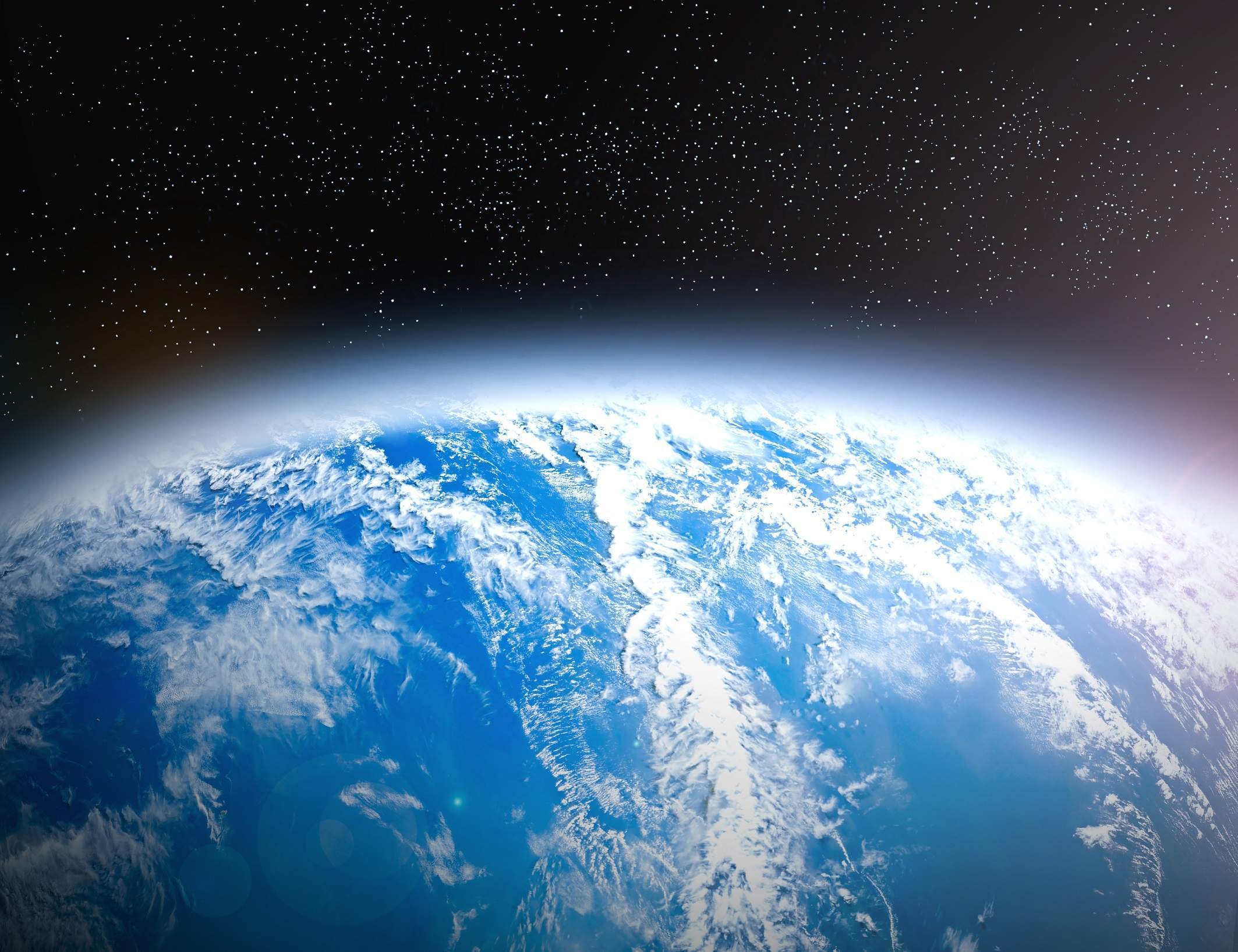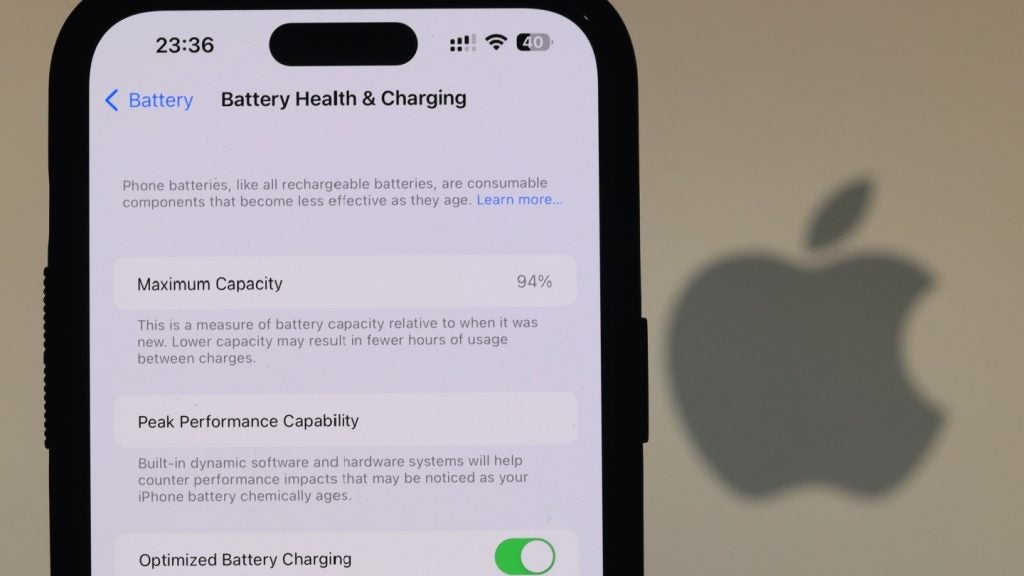
For those concerned about the Earth’s rising temperature and the effect it is causing, there is some good news: the ozone layer is repairing itself.
This huge gas layer 18.6 miles above our planet shields the Earth from the sun’s harmful ultraviolet B (UVB) radiation. It’s a necessity in space. It’s well known that UVB radiation can cause sunburn and cataracts, but it can also cause damage at the molecular level to our bodies’ DNA.
As a result of this need to preserve the ozone layer, the Montreal Protocol came into effect in 1989. Countries agreed to develop replacements for industrial chlorine chemicals, chloro-fluorocarbons (CFCs) which were damaging the ozone in the atmosphere, in order to aid the reparation of the layer.
According to a new study by Nasa, it appears that it is working.
Nasa’s Ozone layer reparation study
Atmospheric scientists at Nasa’s Goddard Space Flight Centre in Maryland have found that the international ban on CFCs has resulted in about 20 percent less ozone depletion during the Antarctic winter than there was in 2005.
2005 is the year this is measured against as this was the first time measurements of chlorine and ozone were made by the space agency’s Aura satellite.
How well do you really know your competitors?
Access the most comprehensive Company Profiles on the market, powered by GlobalData. Save hours of research. Gain competitive edge.

Thank you!
Your download email will arrive shortly
Not ready to buy yet? Download a free sample
We are confident about the unique quality of our Company Profiles. However, we want you to make the most beneficial decision for your business, so we offer a free sample that you can download by submitting the below form
By GlobalDataLead author of the study, Susan Strahan, said:
“We see very clearly that chlorine from CFCs is doing down in the ozone hole and that less ozone depletion is occurring because of it.”
This is good news, however, the complete recovery of the ozone layer will take decades. Anne Douglas, who co-authored the study said:
“CFCs have lifetimes from 50 to 100 years, so they linger in the atmosphere for a very long time. As far as the ozone hole being gone, we’re looking at 2060 or 2080. And even then there might still be a small hole.”
Things are getting worse for coral reefs
Whilst we’re all celebrating the smaller hole in the ozone layer, climate change is still having chilling effects across the globe. A new study of coral reefs has demonstrated that rising temperatures are increasing bleaching events, which damages the coral.
In the 1980s, bleaching events, caused by unusual bouts of warm water, use to occur once every 25-30 years. However, this has increased to once every six years. The unseasonably high temperatures cause the coral to eject their algae, draining it of their vivid colours. This can be fatal for reefs and can take years to recover.
Dr Mark Eakin from the US National Oceanic and Atmospheric Administration (Noaa) told the BBC:
“The acceleration in the return rate of bleaching events matches up very well with what the climate models have been telling us – that predict by mid-century most of the world’s coral reefs will be suffering yearly, or near yearly, heat stress.”
The ocean’s coral reefs are home to around a third of all marine biodiversity. This is a serious concern for what could happen if the reefs are destroyed in this manner.
Scientists are working on efforts to create artificial coral reefs to minimise the effects of climate change.






